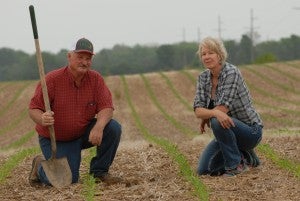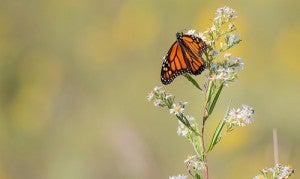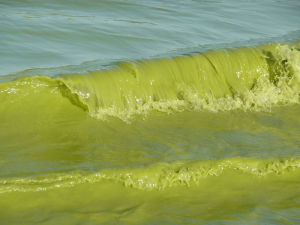Nebraska is one of the top producers of corn, soybeans and hogs in the country. With 91 percent of the state’s total land area dedicated to agricultural production, a lot of water is needed to support all of Nebraska’s farms and ranches.
Fortunately, the state sits atop one of the largest underground aquifers in the world. The High Plains Aquifer, commonly referred to as the Ogallala Aquifer, underlies parts of eight states from Texas to South Dakota, and is a vital resource to Nebraskan farmers.
But as farms have expanded and demand for agricultural products has grown, pressure on the aquifer has increased and groundwater levels have been in steady decline for decades.










 Today represents a huge advancement for sustainable agriculture, and a new era of food company collaboration. At the Farm Progress Show in Boone, Iowa, we are officially launching
Today represents a huge advancement for sustainable agriculture, and a new era of food company collaboration. At the Farm Progress Show in Boone, Iowa, we are officially launching 

 There’s a new reason to celebrate your favorite sugar cookie. The Campbell Soup Company has
There’s a new reason to celebrate your favorite sugar cookie. The Campbell Soup Company has